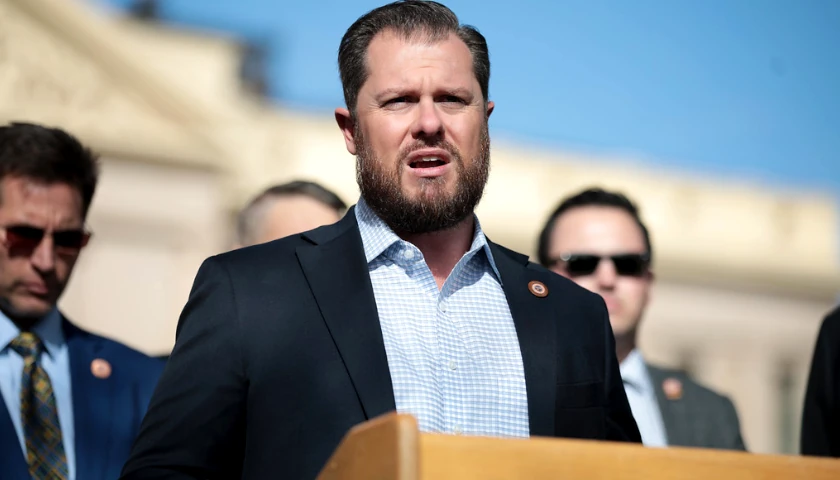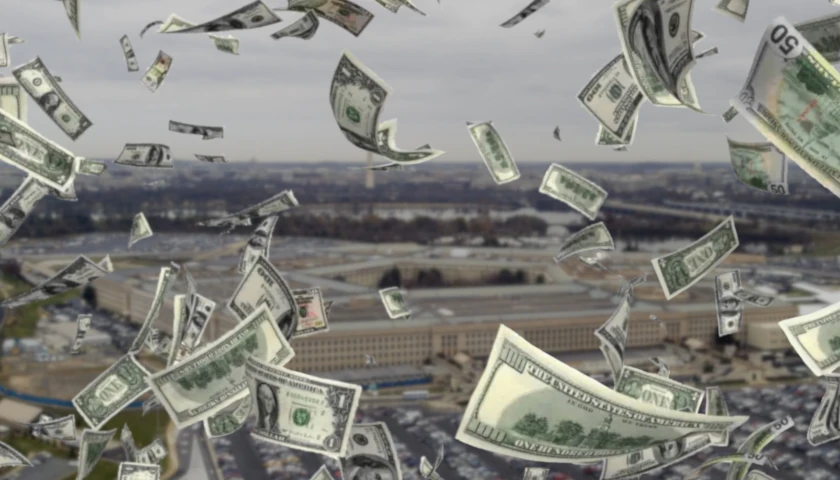by Casey Harper
States with lower tax rates, lower debt and fewer government restrictions generally have stronger economic outlooks, according to the latest report that ranks states from best to worst based on how friendly their policies are to economic growth.
The American Legislative Exchange Council released its “Rich States Poor States” report Tuesday. The report ranks states based on “economic outlook” using 15 factors.
Those factors include property tax rate, sales tax rate, top marginal income tax rate, top marginal corporate tax rate and how progressive the personal income tax rate is as well as whether there is an inheritance tax.
“This is the 17th annual version of this report that comes out right before tax day every year to give legislators and concerned citizens some tangible data for how their state stacks up versus the other 49,” Jonathan Williams, chief economist at ALEC, told The Center Square.
The report also considers the state minimum wage, average worker’s compensation costs, whether it is a right-to-work state, the size of the debt and the number of public employees compared to the state population, among other factors.
“You see people voting with their feet across state lines so getting it right with state policy is now more important than ever,” Williams said.
Williams pointed out that the report only ranks states on policy factors that are within the control of lawmakers, not the myriad of other factors that impact economic growth.
“It’s really a good policy snapshot into those states,” he said.
The report also reviews recent economic performance and ranks states. The top performing states Florida, Idaho and Utah are followed by Colorado, Arizona and Texas. The worst performing state is Louisiana, followed by Alaska, Connecticut, West Virginia, and Hawaii.
Williams told The Center Square performance rankings don’t always align with the outlook rankings because there are many non-policy factors, such as weather, financial hubs, local resources, and more that impact the economy.
“Each of these factors is influenced directly by state lawmakers through the legislative process,” the report said. “Generally speaking, states that spend less – especially on income transfer programs – and states that tax less – particularly on productive activities such as working or investing – experience higher growth rates than states that tax and spend more.”
Williams said that several states like California are facing major deficits after spending through COVID-era funds from the federal government.
“Over the last three legislative sessions … we’ve seen roughly half the states pretty substantially cut taxes,” he added.
From best to worst, below are the state economic outlook rankings:
- Utah
- Idaho
- Arizona
- North Carolina
- Indiana
- Texas
- South Dakota
- Wyoming
- Oklahoma
- North Dakota
- Georgia
- Tennessee
- Nevada
- Florida
- Arkansas
- Michigan
- Colorado
- Mississippi
- New Hampshire
- Alabama
- Wisconsin
- Virginia
- West Virginia
- South Carolina
- Alaska
- Ohio
- Kansas
- Kentucky
- Missouri
- Montana
- Louisiana
- Nebraska
- Delaware
- Iowa
- Pennsylvania
- Massachusetts
- Washington
- New Mexico
- Rhode Island
- Connecticut
- Hawaii
- Oregon
- Maryland
- Minnesota
- Maine
- New Jersey
- California
- Illinois
- Vermont
- New York
– – –
Casey Harper is a Senior Reporter for the Washington, D.C. Bureau of The Center Square. He previously worked for The Daily Caller, The Hill, and Sinclair Broadcast Group. A graduate of Hillsdale College, Casey’s work has also appeared in Fox News, Fox Business, and USA Today.








